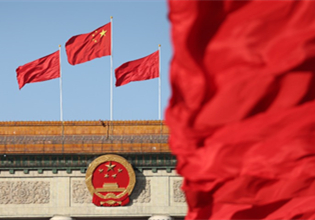Inner Mongolia recognizes intangible cultural heritage items
North China's Inner Mongolia autonomous region has recognized a raft of intangible cultural heritage items – ranging from opera, to lantern festivals, as well as handcraft and local wine.
A raft of them – reflecting the history of multi-ethnic traditional cultural exchanges and integration – was recently included on the list of intangible cultural heritage at the regional level.
The selection of the items aims to consolidate the sense of community in the Chinese nation.
Those making it onto the latest list were mainly from the Yellow River Basin and areas along the Inner Mongolia section of the Great Wall.
Since ancient times, Inner Mongolia has been a place where multi-ethnic groups have gathered. There have been rich artistic forms of multi-ethnic art fusion along the Yellow River Basin and the Great Wall.
For example, Inner Mongolia Jinju Opera is an art form combining Jinju Opera from North China's Shanxi province with Mongolian artistic elements.
The Yellow River Lantern Festival is a cultural folk event that has spread from the Zhongyuan, or Central Plains, to the western part of Inner Mongolia. Over the long term, a large number of local folk customs have been absorbed in both form and content, forming a unique Lantern Festival.
The intangible cultural heritage items making the list include those reflecting the implementation and advancement of the rural revitalization strategy.
They include Kailu Laobaigan wine brewing skills from Tongliao city and carpet weaving skills from Chifeng city.



 Print
Print Mail
Mail





